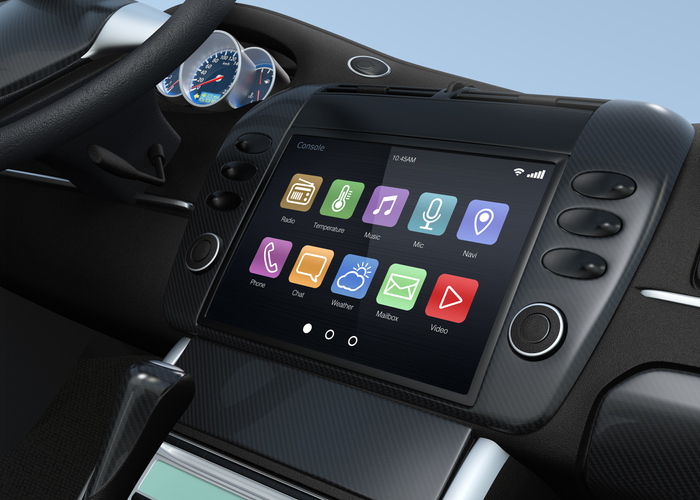
New cars are fun to drive, thanks to quality features and technologies. That includes infotainment systems, which make time on the road more enjoyable. However, those systems sometimes stop working. If you’ve experienced that, here are some reasons why it could have happened.
Common Infotainment System Problems and Potential Solutions
Below are some of the common issues that arise with infotainment systems, as well as the reasons and possible solutions.
Amplifier Overheats
Especially when taking a long road trip, you want to enjoy listening to music, podcasts, or the news. However, if the sound’s distorted or the system won’t turn on, there’s a good chance the amplifier will overheat.
Causes:
- Turning the volume too high
- Lack of airflow
In either case, the protective mode shuts the amplifier down to protect it, as well as other system components. Not only that, but a frequently overheated amplifier can cause the fuse and valve to blow. The bottom line is that the infotainment system won’t turn on.
Possible solutions:
- Allow the amplifier to cool down before use
- Maintain the volume at standard levels (between 75 and 105 decibels)
Power Source Failure
This is another problem that might arise. To operate, the infotainment system connects to a power source. So, if that source fails, the system won’t work.
Causes:
- Blown car fuse or valves
- Inadequate power for the system to operate
- Issues with wiring
Possible solutions:
- Turn off the power supply to the vehicle. Then, use a multimeter to test the wire fuse. That way, you’ll know whether a blown fuse is the problem. If so, replace the fuse.
- A bad ground connection can also cause this problem. Often, that entails a loose wire or perhaps rust. Regardless, you’ll need to replace the ground or repair the connection.
Damaged or Broken Antenna
A damaged or broken antenna is the most common thing that can cause an infotainment system to stop working. As a result, the radio can’t receive frequencies for stations or signals.
Causes:
- Running the car through an automatic carwash with the antenna extended
- Accidentally bending the antenna while raising or lowering it
- Vandalism
- Using an antenna that’s too short or too long
- Car accident
Possible solutions:
- Use an antenna tuner to attenuate the reactance. That’ll make it compatible at whatever frequency is available.
- Remove any dirt or damaged/broken pieces, followed by reinstalling the antenna using aluminum foil.
- For a damaged mast, remove it. You’ll reattach the antenna, wrap it with aluminum foil, and then cover the foil with masking tape.
- Replace the damaged or broken antenna with a new one.
You might also like: The Honda Civic Type R TCR Is Ready
Dead Battery
One benefit of new infotainment systems is their energy efficiency. Even so, they’ll still draw power from the car’s battery.
Many people don’t realize that the higher the volume, the more power it drains. As a result, the battery can die.
Causes:
- Keeping the volume consistently higher than recommended
Possible Solutions:
- Maintain the volume between 75 and 105 decibels
- Replace the battery
If these solutions are unsuccessful, schedule an appointment with the service center at Barbour Hendrick Honda in Greenville, North Carolina.
Disclaimer: The stock image is being used for illustrative purposes only, and it is not a direct representation of the business, recipe, or activity listed. Any person depicted in the stock image is a model.

